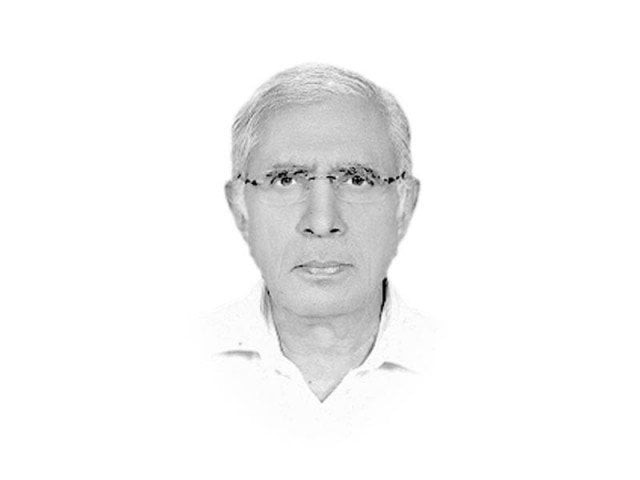
Therefore, the achievement of a growth rate of nearly six per cent in the outgoing year would hardly make any significant difference to the economy’s size or for that matter to the quality of life of its teeming millions. In fact even the relatively better growth figures for the year as well as the uptick that appeared in the trend for three preceding years are attributed in most part to the plummeting world oil prices and not to any managerial improvement of the economy.
Indeed, the management was so bad that the circular debt which was a little over Rs500 billion when the present incumbents took over in 2013 has now ballooned to nearly a trillion rupees.
That most of the targets proposed in the federal budget for the outgoing fiscal year could not be achieved did not come as a surprise. In the first place these targets were over-ambitious. Secondly, the fiscal and monetary strategies that our official economic managers employed to achieve these targets were seemingly largely divorced from ground realities.
The agriculture sector performed relatively better during 2017-18 simply because the weather by and large had remained supportive and not because it was managed more efficiently or because the government had introduced the right kind of fiscal and monetary incentives to boost the production or because the availability of inputs was ensured and at reasonable cost.
Over the years, Pakistan’s economy has remained largely dole driven. And lately dole is being substituted by debt as the former is showing a declining trend mostly because of the ever-widening trust deficit between Pakistan and the United States. We need dole and debt because our economy has over the years become overwhelmingly import based.
Debt and imports in themselves do not harm our economy. In fact we need imports of raw materials, intermediaries and machine and other engineering items to manufacture goods domestically.
And since there is big gap between our savings rates and the required investment rates, we need debt to fill that gap in the absence of dole. But then if instead of investing the borrowed resources in economic sectors with the potential to boost socio-economic development they are wasted on consumption goods and luxury items we would only be increasing the debt burden.
The only way we can repay the debt is through our export earnings which continue to stagnate. This is happening because the list of our export items has not changed an iota since at least 1990s. Our value-addition effort as well has remained too insignificant. Pakistan is one of the leading cotton producers of the world but the countries which do not produce any cotton like South Korea and Bangladesh are today the global leaders in garment exports. Pakistan’s textile tycoons are to be blamed for this sorry state of affairs as they don’t seemed to be pushed to invest in genuine value addition and at the same time run to the government for concessions and subsidies whenever the global textile market goes sour.
Most Pakistani finance ministers from Ghulam Ishaq Khan to Ishaq Dar seem to have nursed some kind of a fixation with the over-valued rupee. They have continued to ignore the elementary fact that an over-valued rupee subsidises imports and renders exports highly uncompetitive. However, if you don’t have exportable surpluses even a realistic exchange rate would not help.
But of course, a realistic exchange rate would make it more profitable for those that export their finished and semi- finished goods to Pakistan to manufacture these items in Pakistan itself and taking advantage of its commercially strategic location export these goods from Pakistan to its west, east, northwest, north and south. With the rupee attaining its realistic value and the import tariffs properly rationalised, the country could become a thriving trans-shipment/ warehouse economy.
Published in The Express Tribune, April 28th, 2018.
Like Opinion & Editorial on Facebook, follow @ETOpEd on Twitter to receive all updates on all our daily pieces.














COMMENTS
Comments are moderated and generally will be posted if they are on-topic and not abusive.
For more information, please see our Comments FAQ